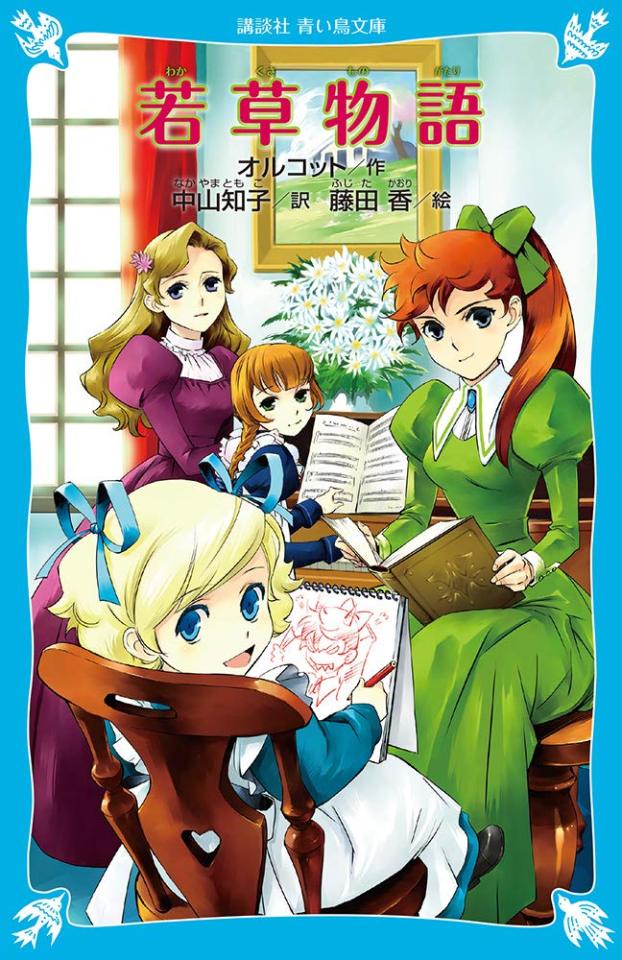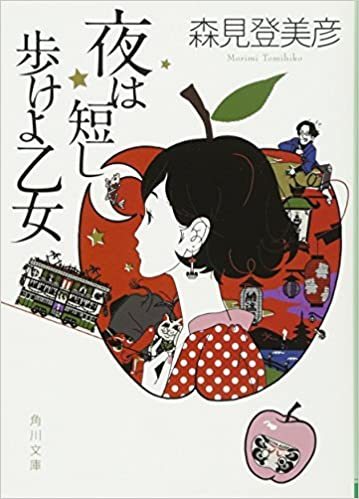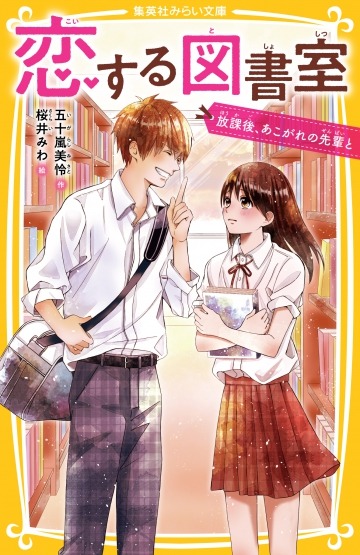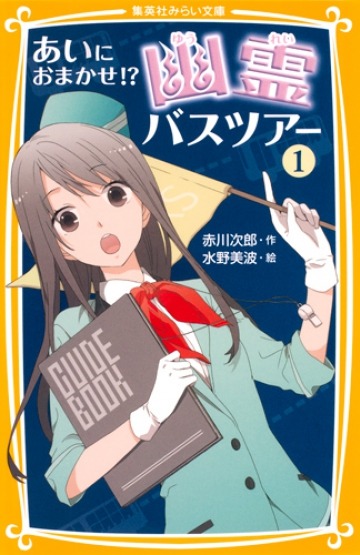#tsubasa bunko readers
Text
Where to begin when reading native novels to work on reading comprehension?
So, you've made it to the point where you'd like to branch out and read some novels and children's books in Japanese? Then you've come to the right place! Let's talk about three helpful publishers (Kodansha, Kadokawa, and Shueisha) that can make reading native materials less daunting!
The Kodansha Aoitori Bunko Books (青い鳥文庫) were created and published by Kodansha with elementary schoolers in mind, so almost all kanji has furigana on it. The text is larger and there's normally a bit more spacing in between it (like our children's chapter books in English). Just like other children's chapter books, there are occasional photos included. Aoitori Readers include both original series as well as some translations of international literature (i.e., Little Women, Murder on the Orient Express, Sherlock Holmes, etc.). There are also some adaptations of other series はたらく細胞 (Cells at Work) Those books have blue around the cover.


The Kadokawa Tsubasa Bunko Readers (角川つばさ文庫) operate on the same concept, except the series are normally on a more advanced level. With this in mind, they may use more advanced grammar than the Aoitori series. There are original series, but sometimes books/series for a higher comprehension levels will be adapted into Tsubasa Bunko Readers. This includes popular Japanese novels and series as well as international classics (i.e., Chronicles of Narnia, Pippi Longstocking, Anne of Green Gables, etc.). For adaptations of Japanese novels and series, there will be the "regular" version of the novel and then the Tsubasa Bunko version bc it's the same kanji, same grammar, same words. It'll also supply the furigana for those kanjis and might give little annotations or some photos here and there. For example, the award-winning novel 夜は短し歩けよ乙女 (The Night is Short, Walk on Girl) by 森見 登美彦 (Morimi Tomihiko) has both the "regular" publication and the Tsubasa Bunko version. Tsubasa Bunko Readers have green around the cover. Click on the links to get a preview of each version to compare and contrast.


The Shueisha Mirai Bunko Books also operates the same. There are adaptations of manga series (like Kaguya-sama: Love is War and Demon Slayer) as well as original series. Mirai Bunko Readers have orange around the cover.


If you're worried about attempting to read any of these on your own, come suggest some of them for us to read together at the Seitokai Bookclub! (And even if it doesn't get selected immediately, someone might be interested in being a reading buddy with you :D).
Happy reading!
#onigiri thoughts#aoitori readers#tsubasa bunko readers#seitokai bookclub#japanese#japanese reading comprehension#mine#mirai readers#reading resources#looktoki#jpnstudynet#jlpt#japanese reading#jlpt n1#jlpt n3#jlpt n2#jlpt n4#jlpt n5#vocab#jlpt grammar#jlpt reading#jlpt studying#nihongo#learn japanese#kodansha#kadokawa#shueisha
418 notes
·
View notes
Note
do you have any good reccs for Japanese students who want to practice reading? like short stories and the like?
I have a few! Although it's really just resource suggestions, not specific stories.
Generally, I'd recommend checking out Tadoku for free, easy to read stories. I made a post about the site forever ago, but basically: they have leveled reading material from 0 (the easiest) to 5 (the hardest), the stories are mostly children's books and pretty short, and they've got (imo) a pretty solid selection of free material.
https://tadoku.org/japanese/en/free-books-en/
If you're just starting out and want simple stuff, scrolling through the lower level books and picking any that catch your eye would definitely be worthwhile.
For slightly higher level practice I'd suggest looking into things like Aoitori Bunko books, Tsubasa Bunko Readers, or other similar chapter book style stuff (which I don't have to bother writing a bunch of details about because @onigiriforears already made a great post talking about them here!)
If you're at a higher level and want to read novel style short stories that aren't targeted at kids as much, you could look for untranslated copies of Japanese short story collections, too! In one of my literature in translation classes we read a lot of stories out of Dazai's and Kawabata's collections, and I'd absolutely recommend looking at things like that, especially if the genres appeal to you. Someday I'll get my hands on an untranslated copy of what I read in that class. When I have more time to search.
I know none of these are super specific recommendations, but I hope it helps anyway! Honestly, I don't read as much as I should so I don't have many good specific suggestions, lol
Good luck with reading! I hope you can find some stuff you like! And depending on the level you're looking for I could definitely give specific suggestions offered on Tadoku, it's been my lifeline for reading practice for almost a year now.
13 notes
·
View notes